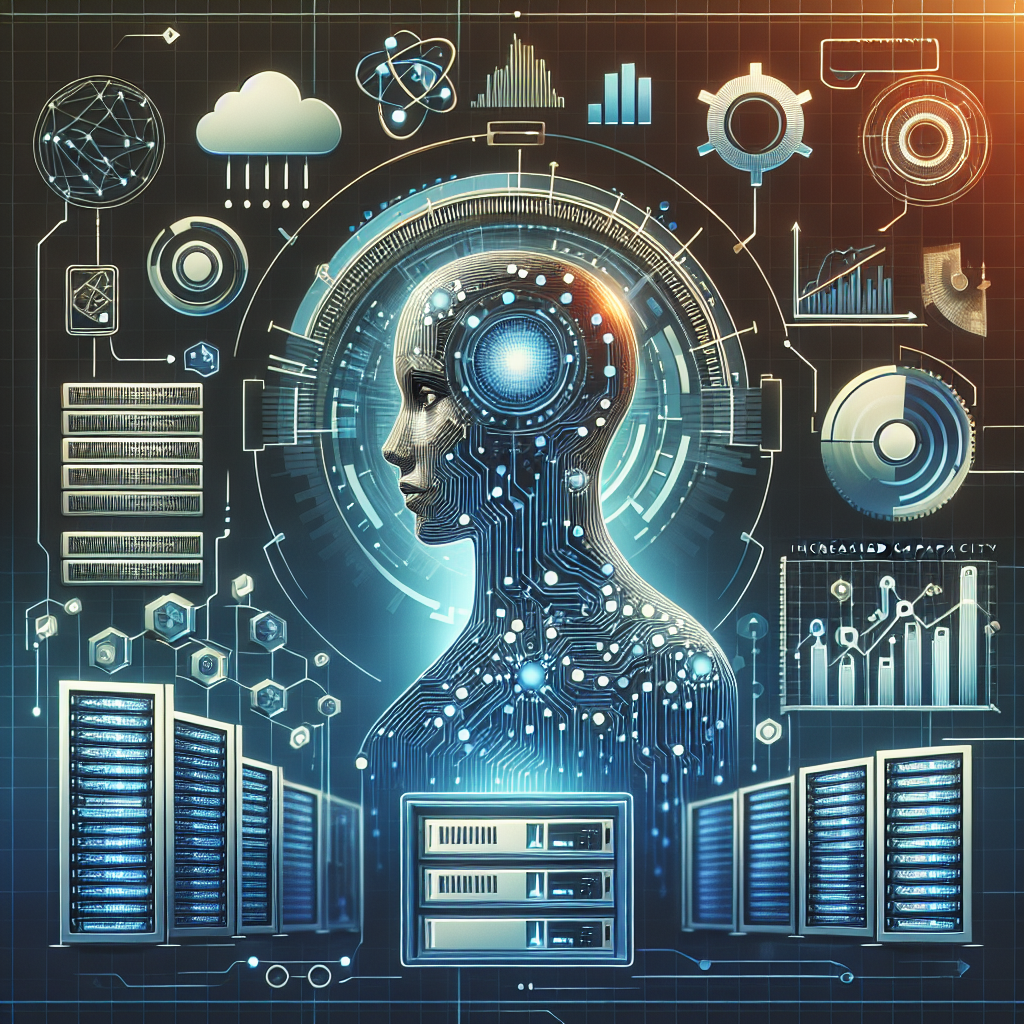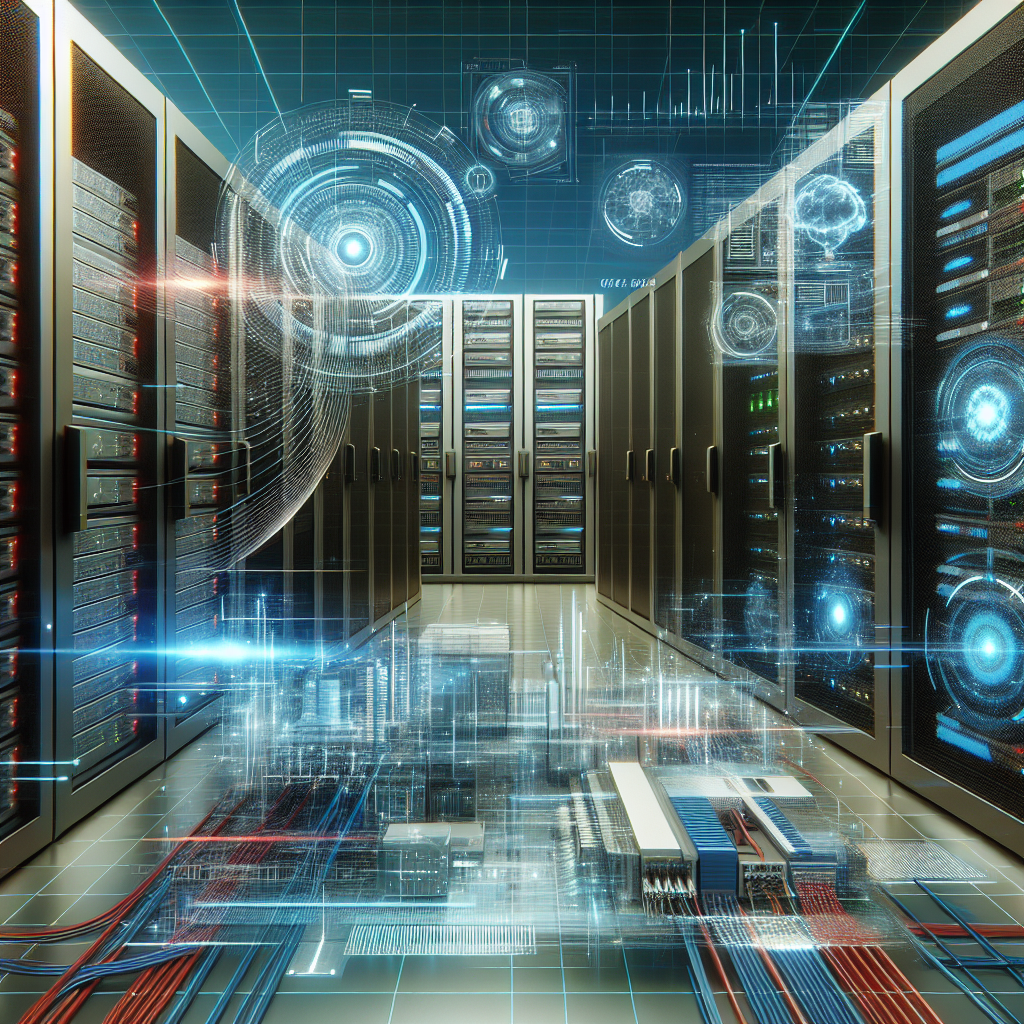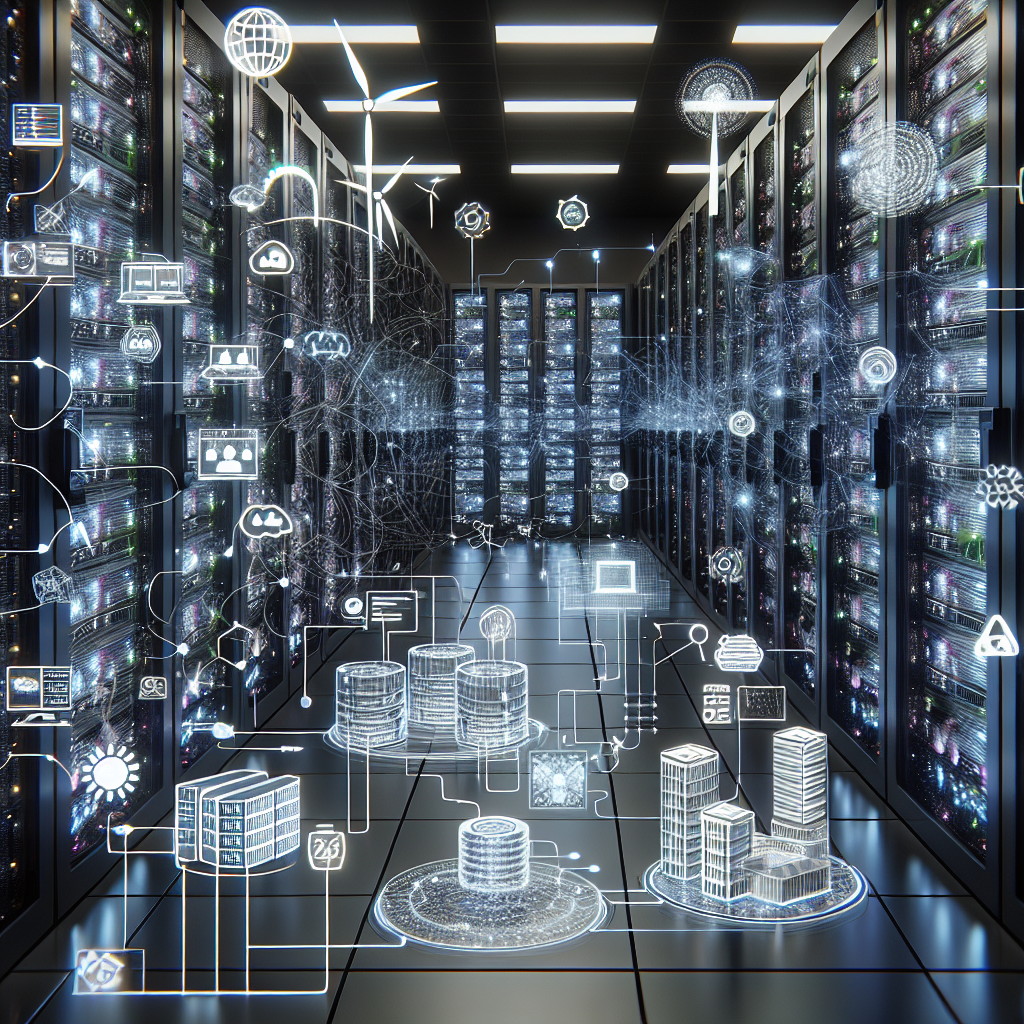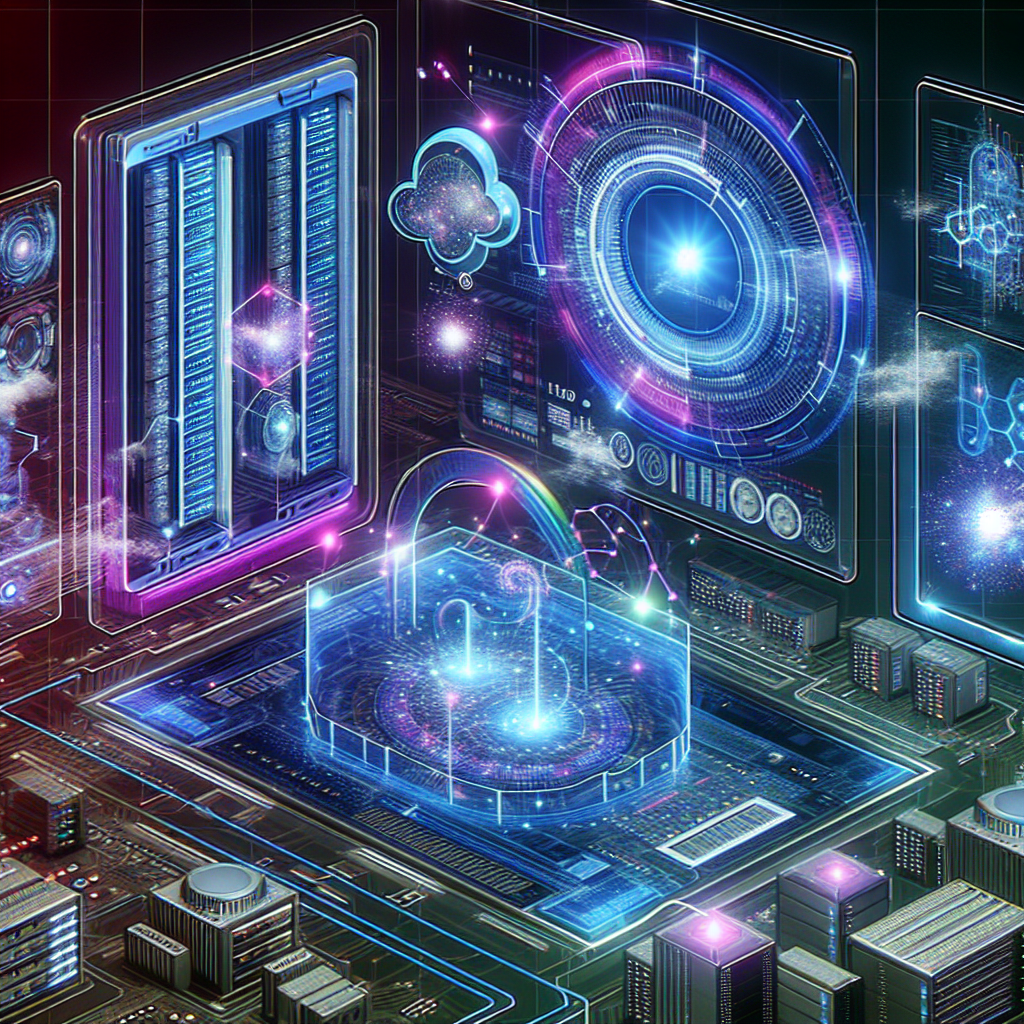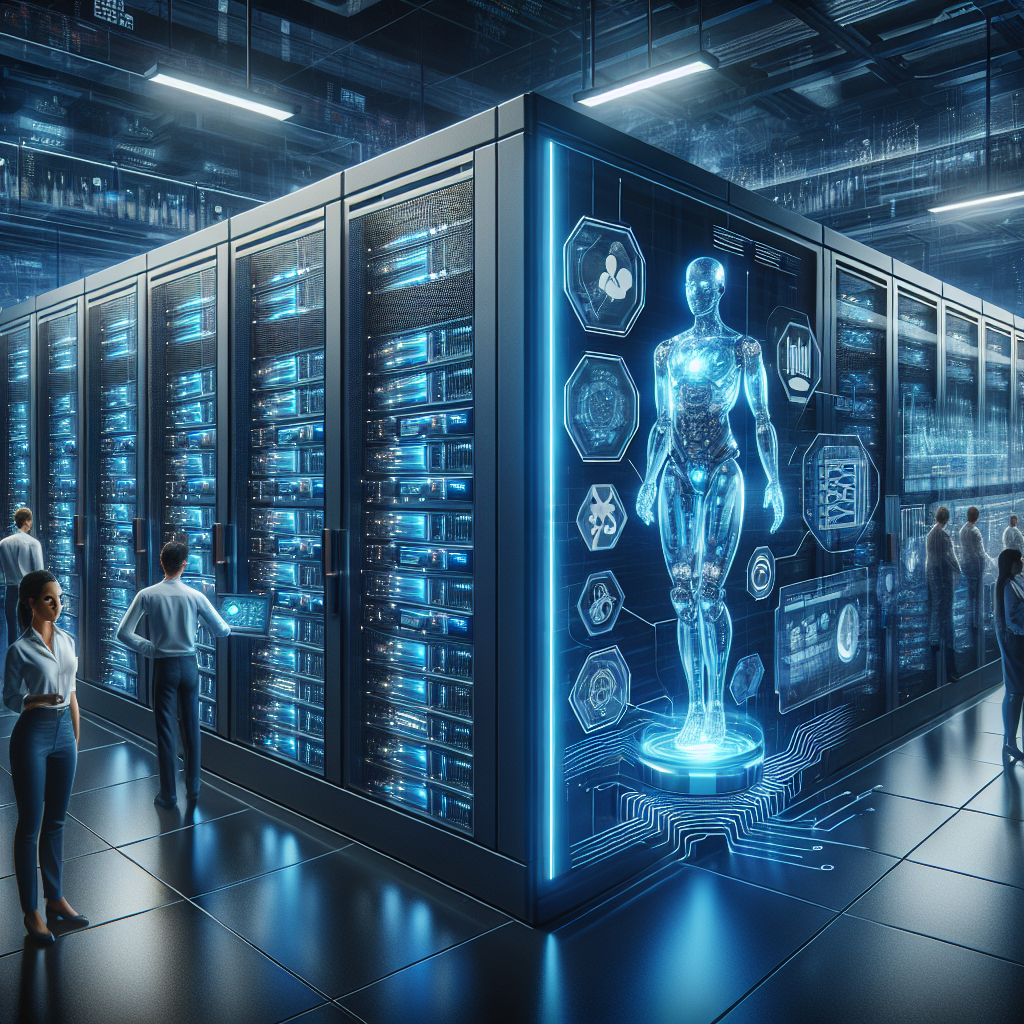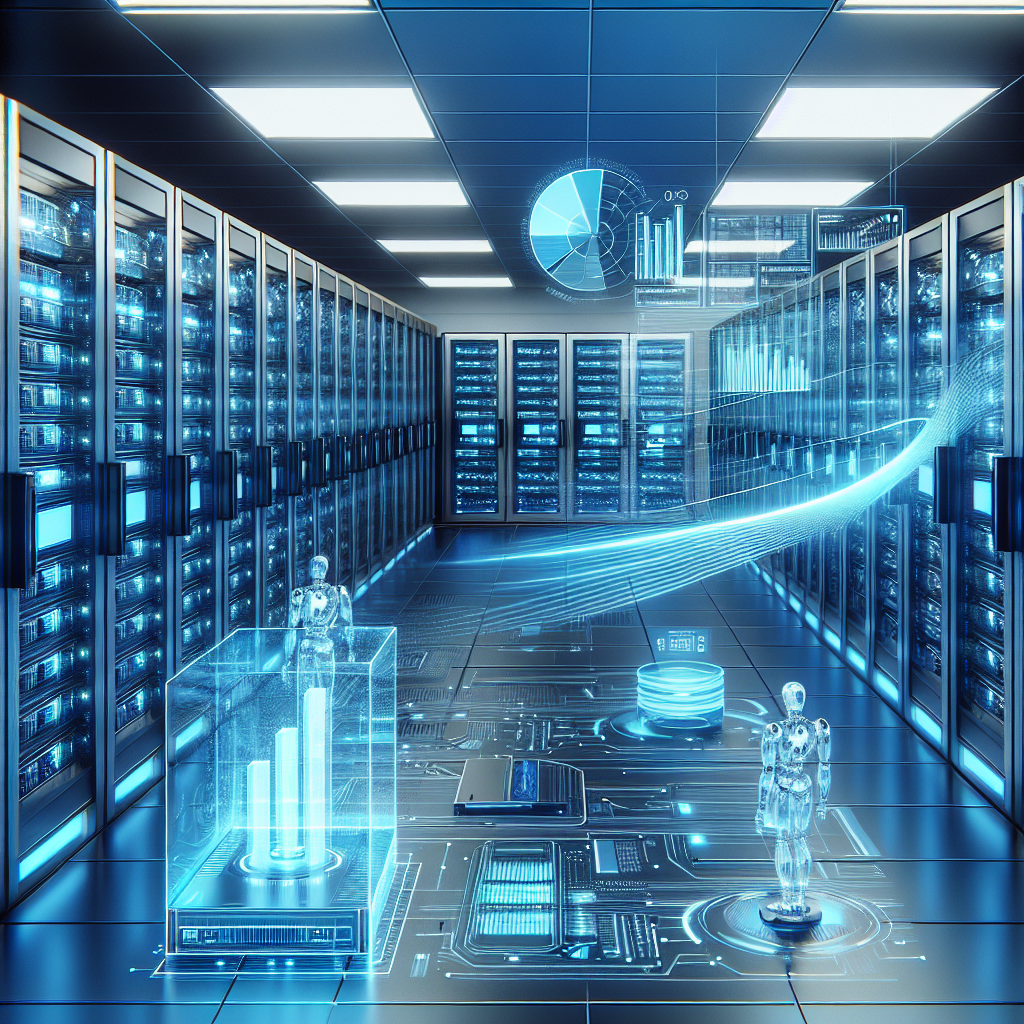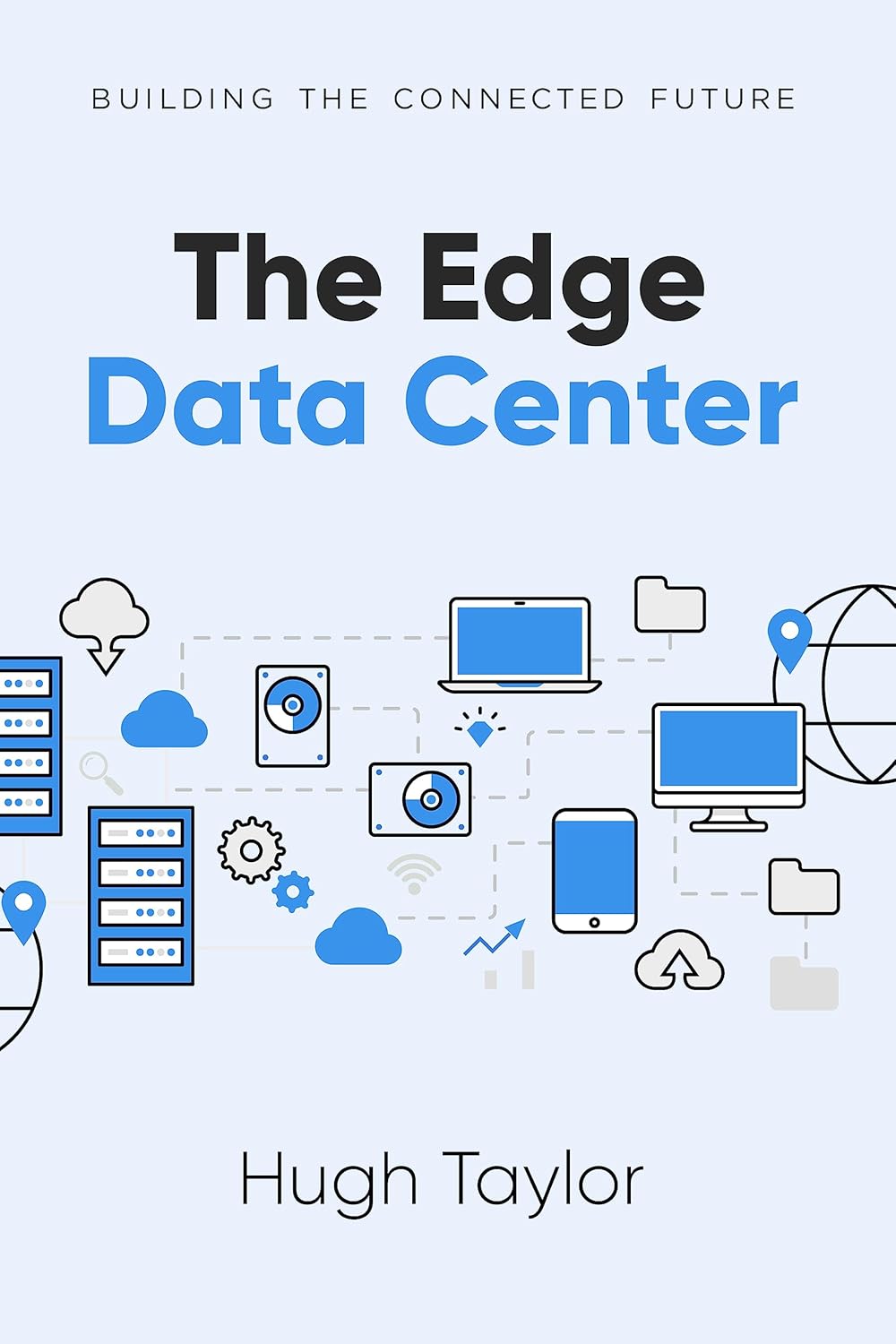Data centers are the backbone of modern businesses, providing the infrastructure needed to store and process vast amounts of data. As technology continues to evolve at a rapid pace, data center capacity planning is becoming increasingly important to ensure that businesses can keep up with the growing demands of their digital operations. In this article, we will explore some of the future trends in data center capacity planning that businesses should be aware of.
One of the key trends in data center capacity planning is the increasing use of artificial intelligence (AI) and machine learning algorithms. These technologies can help data center managers analyze historical data and predict future capacity requirements more accurately. By using AI and machine learning, businesses can better understand their data center utilization patterns and plan for future growth more effectively.
Another trend in data center capacity planning is the use of edge computing. Edge computing involves placing computing resources closer to the location where data is being generated, rather than relying solely on centralized data centers. This can help reduce latency and improve performance for applications that require real-time data processing. As more businesses adopt edge computing strategies, data center capacity planning will need to account for the additional resources required to support these distributed computing environments.
Cloud computing is also influencing data center capacity planning. Many businesses are moving their workloads to the cloud to take advantage of the scalability and flexibility it offers. Data center managers need to consider how their on-premises data centers will integrate with cloud services, and plan for hybrid cloud environments that require seamless connectivity between on-premises and cloud resources.
As data center technology continues to evolve, businesses are also looking for ways to improve energy efficiency and reduce their carbon footprint. Data centers are notorious for their high energy consumption, so implementing energy-efficient technologies such as liquid cooling systems and renewable energy sources can help businesses reduce their environmental impact while also lowering operating costs.
In conclusion, data center capacity planning is a critical aspect of managing a modern digital business. By staying informed about the latest trends in data center technology, businesses can ensure that their data center infrastructure is equipped to handle the demands of the future. From leveraging AI and machine learning for more accurate capacity forecasting to embracing edge computing and cloud services, businesses can stay ahead of the curve and ensure that their data center capacity planning strategies are robust and scalable for the future.
